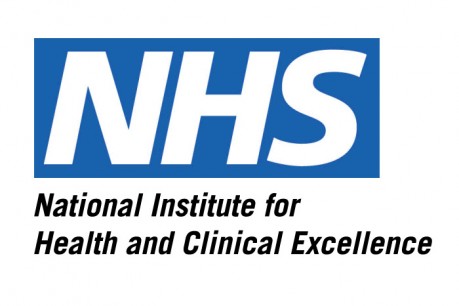NICE Scorecard: Insufficient Access and Disappointing Uptake
Data on use of NICE-recommended treatments by the NHS England revealed variation in access across the country, and a lower-than-expected rate of uptake of some new technologies and medicines, urging the British Pharmacological Industry to call for inclusion of more new medicines on the Scorecard.

The Scorecard, prepared by the Health and Social Care Information Centre (HSCIC) on behalf of the Department of Health (DH) and the NHS Commissioning Board (NHS CB), included seventy-six substances and six technologies, covered by 102 appraisals.
The results show that in 2011, more patients than expected were prescribed temozolomide for brain cancer; varenicline, an anti-smoking agent; insulin glargine and detemir for type I diabetes; alendronate, etidronate, risedronate, raloxifene, strontium ranelate, teriparatide and denosumab for osteoporosis; statins, and carmustine implants used to treat recurrent gliobalastoma multiform.
Over the same period, the uptake was lower than expected for abciximab, eptifibatide and tirofiban for acute coronary syndrome; riluzole, used to extend life in patients with amyotrophic lateral sclerosis; naltrexone developed for heroin addiction; trastuzumab for the treatment of advanced breast and gastric cancer; procalopride for chronic constipation in women; and febuxostat for chronic hyperuricaemia in gout.
The data presented in the paper come from a multitude of sources – currently, patient information is not collected centrally – and comparisons between treatments was only analysed where numbers of patients were sufficient to protect anonymity. Differences in demographics, missing data, and regional disease incidence might be a source of diversity in treatment uptake rates, and the authors caution against over-reliance on the figures included in this ‘experimental’ study.
"Users of the figures should remember that many of the medicines considered are only one of a number of treatment options available to clinicians. This means some variation in use should be expected, and may be due to the prescribing preferences of clinicians in local areas," says HSCIC chief executive Tim Straughan. "We are keen to encourage NHS organisations to look at this report and consider local medicines use in relation to the needs of the local population," he adds.
While appreciative of the experimental nature of the report, the British Pharmaceutical Industry expressed a concern about patients’ access to new medicines and technologies. "[O]f the new medicines measured against expected uptake, their usage is much lower than expected. This […] demonstrate[s] the on-going problems with getting the latest and most innovative medicines to NHS patients," the group said in a press release published on their website.
"This first Scorecard is less detailed than ABPI had hoped for and we envisage future scorecards offering more details on how the NHS is complying with NICE guidance, but we welcome its publication as a first step on a transparency journey in the new NHS," said ABPI chief executive Stephen Whitehead in the same press release.
Publication of NICE-compliance data aims to reduce variation in treatment availability between regions, following the DH’s commitment made in 2011 to identify strategies that facilitate development and implementation of innovation within the NHS.
